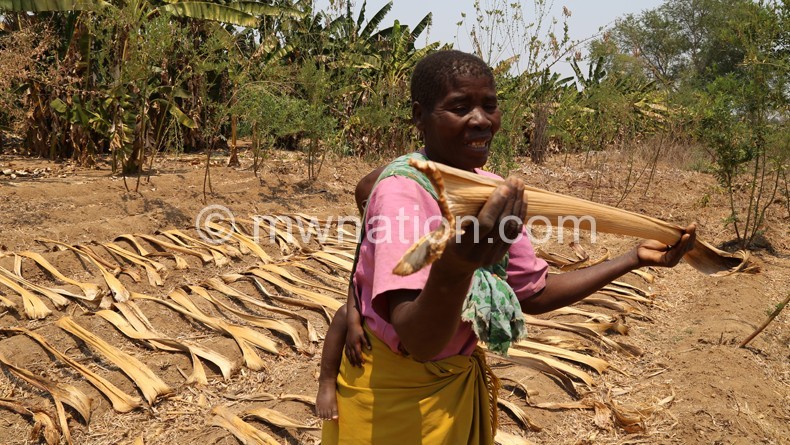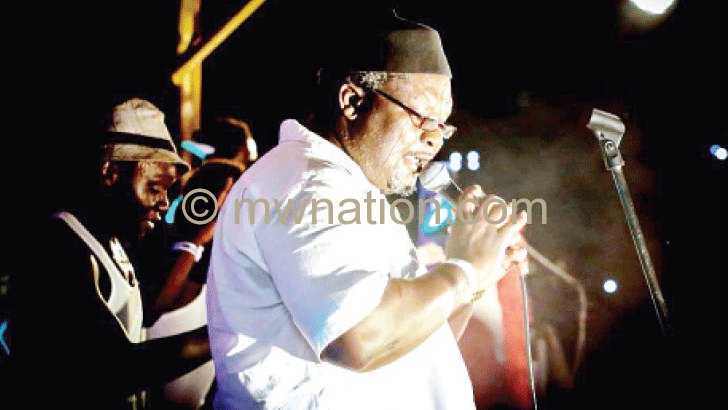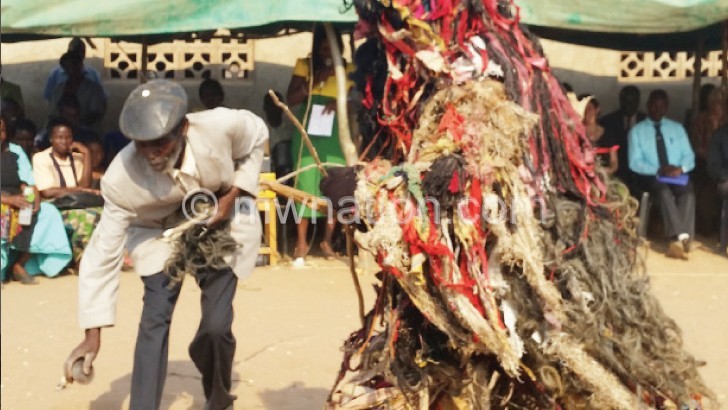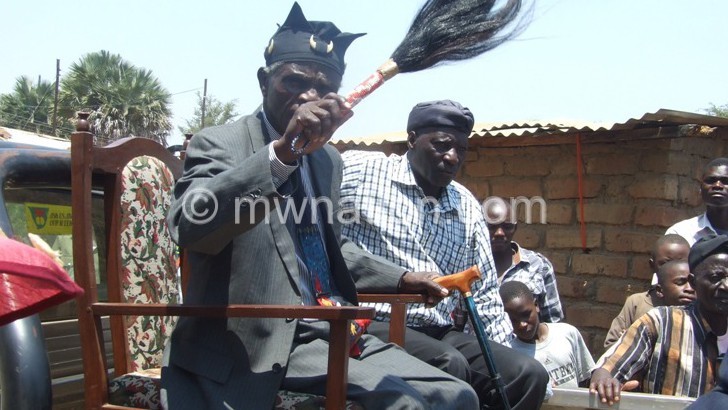Lutefu: Gone bananas with hand-made mats
Some Malawians in urban areas—even if they have just fled rural areas in search of pastures anew—may dismiss hand-made mats as artifacts of backwardness. Nonetheless, the rural folk in Karonga consider the product of a dying handcraft a must-have.
“It’s where life begins and ends,” says gogo Otalene Ngomba, who fashions mats out of banana barks united by threads from sacks in Mwamasapa Village, T/A Kyungu.

Between life and death, says the granny aged slightly over 60, a family cannot do without one.
She reckons the mat locals prefer calling lutefu or mjavi is where big decisions are made, including whether to have a child or not.
“It is where very important deeds are done,” explains Ngomba.
But even when a man-v-woman life-giving deed is done, the mat is where expectant women sit and sleep to forget the pains of approaching motherhood.
When a woman delivers, the mat is where she sits facing one or two others where well-wishers nest when they come to shower her with gifts and goodwill messages.
“In the village, you cannot tell visitors to feel at home without giving them lutefu,” she says of the treasure being outcompeted by chairs and mattresses of all makes.
But Ngomba knows a place where mats like hers have no competitor—the funeral.
“When one of us dies, you rarely see locals sleeping on mattresses or sitting on modern chairs. Most of us still rely on mats when it comes to bereavement.
“As a matter of fact, tradition requires us to lay a hand-made mat at the bottom of the grave before lowering the coffin ready for burial. At my age, I have never seen a coffin being preceded by a mattress,” she says.
Such are tales in the Ngonde culture which consider death a temporary sleep in the land of ancestors.
Here, locals say elders go around the village just to make sure every family has a mat or two at all times.
The centrality of mats among both the dead and the living has made Ngomba’s offerings big business in the ngonde-speaking strip.
On a sunny day, the woman was seen drying the barks in the riverside fields dominated by banana forests, reeds, guavas and other fruits.
“It’s sad some people think banana stems are waste material. For me, they are raw materials for an art which supplements the money from selling banana fruits,” she says.
In her line of duty, a mat measuring a meter wide and two metres sells at K500 each. Those double as big range from K1000 to K1500.
What may be change to the well-to-do is gradually weaning her from the bothersome culture of begging soap, salt, matches, body lotion and other basics from her neighbours, friends and relatives. She buys her own.
Besides, she has every reason to go bananas because she is only cashing in on byproducts of a plantation primarily grown to produce the fruits which earn her household between K10 000 and K20 000 monthly.
Some households in the cow-herding community use the banana stalks as feed for livestock, mixing it with salt, bran and other nutritious supplements.
“Despite being a gold mine, bananas are almost extinct in some villages,” says Ngomba.
Mwamasapa villagers are lucky. After decades of devastating floods, the Catholic Development Commission (Cadecom) has empowered them to grow bananas as part of safeguarding the riverbanks.
Further stopping the nearby Northern Rukuru River from bursting beyond its borders, the locals have also taken it upon themselves to replant reeds and creepers on the banks which were once naked due to overgrazing and cultivating too close to water bodies.
Sitting on one of the mats along with her grandchildren, the mother recounted what led to the tragedy.
“Once upon a time, the river banks were bare and floods were unavoidable. It was not strange seeing water sweeping away crops, houses, livestock and other valuables.
“But Cadecom has taught us enough is enough. The bananas and other fruit trees on the banks have become our dykes and gold mine—our wellbeing.”
Out of harm’s way, the one-time flood victims can sit on their mats to tell their children and grandchildren tales of their shared past, brainstorm on their aspirations and count their blessings and the money emanating from the sprawling banana fields. Just like that, mats are a sign of togetherness and a community on the rise from its troubled past—not a useless art symbolising a chapter dead and buried.






Great story! Well written! Thank you…